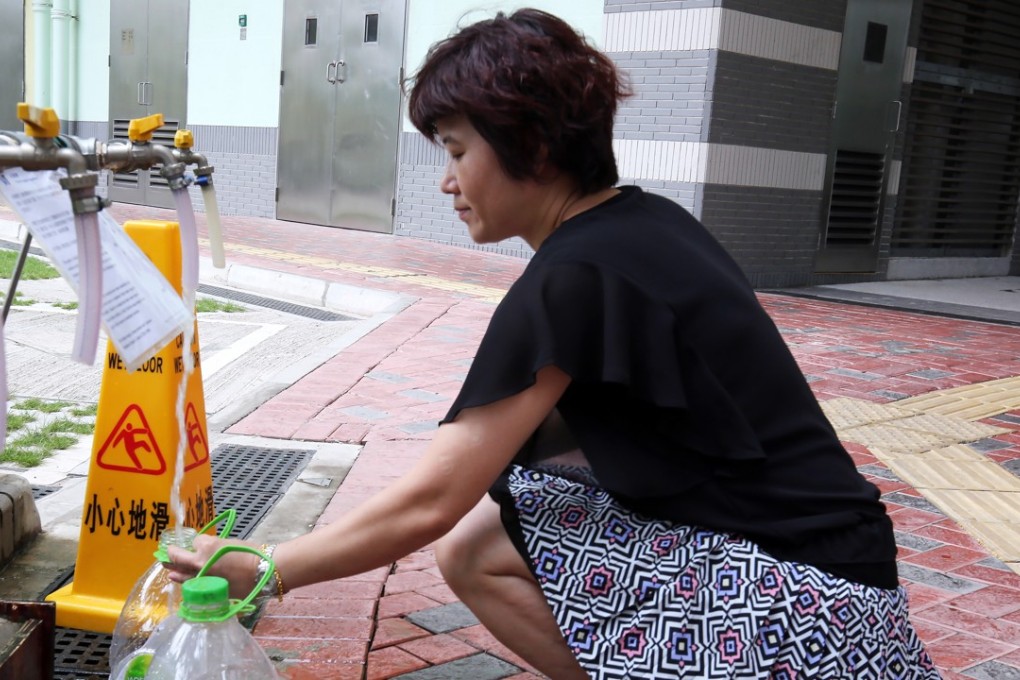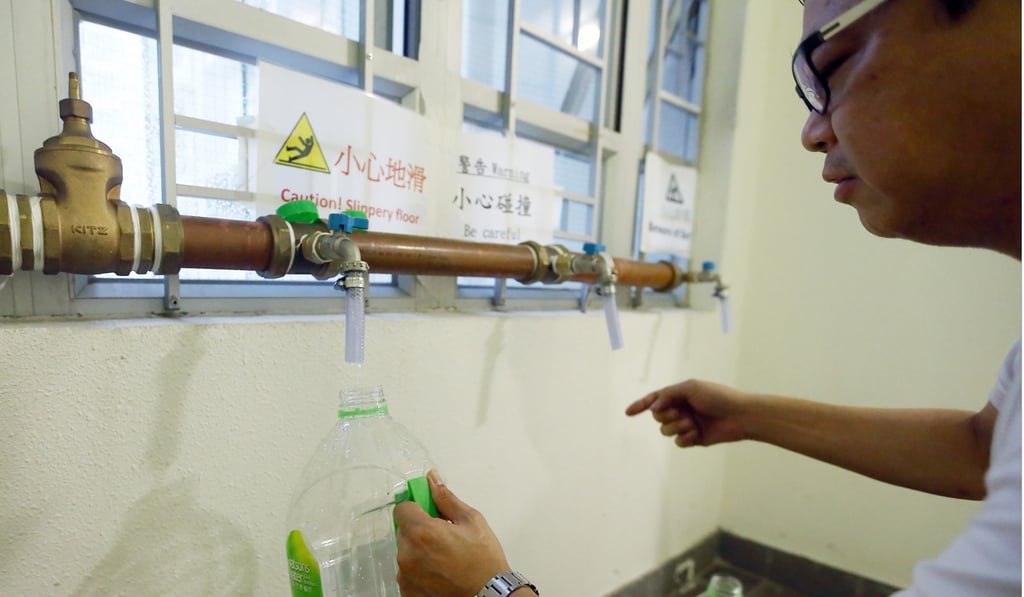Hong Kong public left to wait on safety of tap water
Officials may think it only takes data from tests to dispel lingering fears over quality, but perception is everything when it comes to confidence of society

It is good that people’s worries have not been flushed away by the new government, but whether the new measures can provide sufficient safeguards and restore confidence remains to be seen. Among the highlights of the so-called citywide action plan is an annual test of 667 water samples, randomly drawn in accordance with the population in the New Territories, Kowloon and Hong Kong Island. Ideally, all households and businesses should be included, but such an exercise would inevitably sap manpower and resources. The sampling approach is therefore justified.

Instead of collecting samples after running the tap for a while, a method seen by some as failing to reflect the potential health risk, the test is to collect water straight from the tap randomly during daytime, followed by further tests in cases where excessive metals are found. Officials denied the previous method was wrong, saying the change was just “moving with the times”. The new methodology was, nonetheless, seen by some as not going far enough.